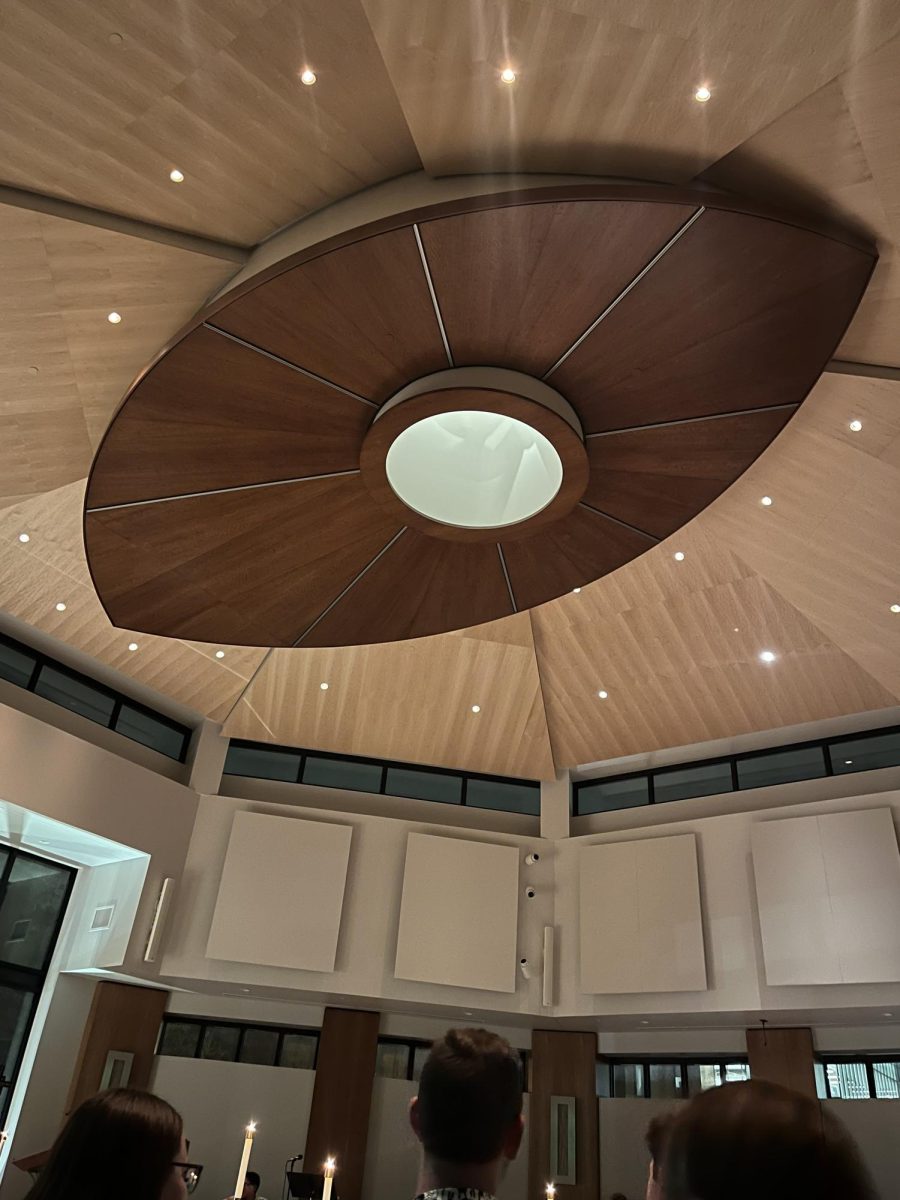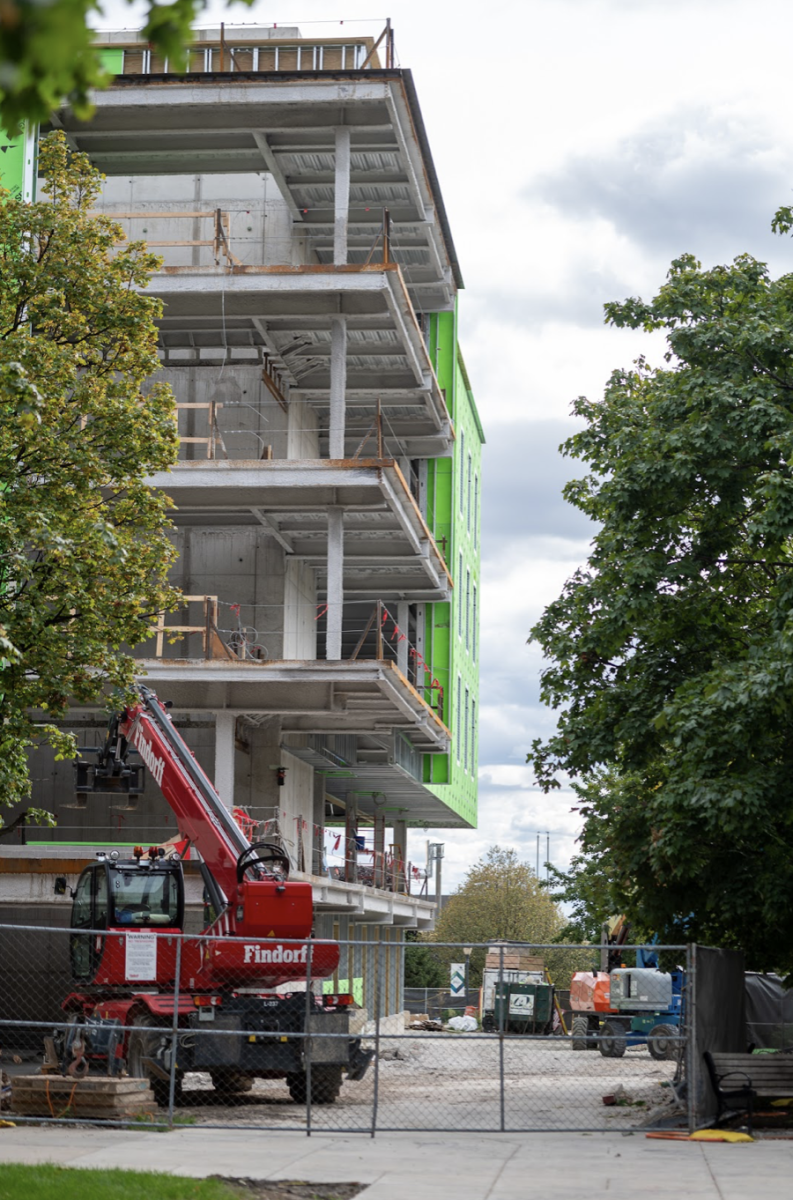
The renovations were announced last Thursday in a university news brief.
All of the renovations will be completed by the fall of 2015, said university architect Thomas Ganey. Ganey said the three buildings suffer from out-of-date infrastructure and that his office plans to replace their heating systems, elevators, data networks, plumbing, ventilation and air conditioning systems to make them more environmentally friendly and sustainable . He also stressed the need for handicap-accessible restrooms.
“One of the things that gets me excited about (the renovations) is the fact that all three buildings have been here for a really long time and we’re extending the life of them,” Ganey said.
The university’s Facilities Master Planning Committee, which is responsible for identifying the parts of campus in need of restoration, is taking a chief role in implementing the remodeling projects. According to Mary Austin, the associate vice president for finance and the university’s assistant treasurer, the committee began debating the issue this spring.
The 12-person committee is made up of faculty, administrative staff and students. Members include Ganey, Vice President of Administration Arthur Scheuber, Vice President for Finance John Lamb and Graduate School Dean Jeanne Hossenlopp. Representatives from Marquette Student Government, the advancement office, the graduate school association and student affairs make up the rest of the group.
According to Ganey, design plans and budget expenditures were presented for approval to the board of trustees in March 2012. The university intends to pay for the restorations through a bond offering, which has yet to be approved by the Wisconsin Health and Education Finance Authority. A public hearing on Sept. 13 for interested investors to have the chance to buy bonds.
According to the WHEFA website’s files on active projects, $40 million worth of bonds will be offered. Austin said the university will not know the financial specifics until the week of Sept. 17, when WHEFA releases an official statement regarding the bond.
Most current students have not been at Marquette long enough to have seen Sensenbrenner Hall occupied. The building has been vacant for two years due to a lack of funding. Ganey said that even though no specific plans for the building have been determined, the university is “looking at” using Sensenbrenner Hall for “academic purposes” at the undergraduate level, adding that the building is expected to open in the fall of 2015.
Ganey said Sensenbrenner’s Eisenberg Memorial Hall will be preserved, emphasizing the purpose of these renovations as a means to restore the building to its “original grandeur.”
MUSG President Arica Van Boxtel, a member of the facilities committee, said deliberations over future possibilities for Sensenbrenner Hall will begin on Sept. 5.
Construction at Marquette and Johnston Halls will be completed during the summer months and will begin at the end of this academic year. Johnston Hall, which has already seen major restorations, will enjoy an accelerated renovation and will be completely refurbished by fall 2014.
In addition to addressing Marquette Hall’s infrastructure problems, the renovations will help tackle concerns about classrooms and office space. Specifically, Ganey said Marquette Hall’s three major lecture rooms will be completely remodeled to fix their seating arrangements and inadequate lighting and audio-visual systems. Ganey also said there is opportunity for the university to add more classrooms in the building’s vacant rooms.
Many in the Marquette community, including Ganey and University President the Rev. Scott Pilarz, believe that the renewal efforts will help to advance the university and bolster its academic future.
“As these three iconic buildings serve as the front door of our campus, we are viewing the renovations as an investment in the future of our campus,” Austin said.







